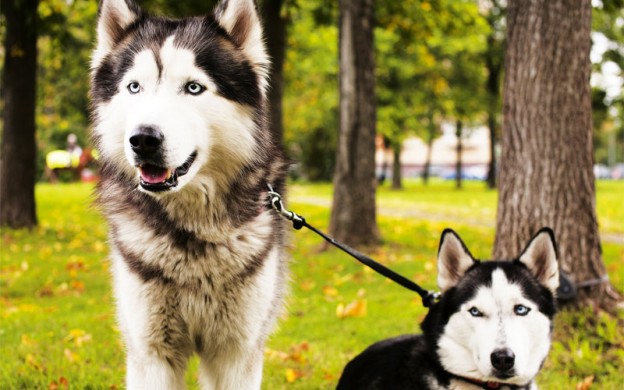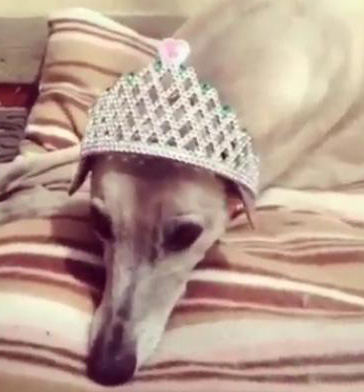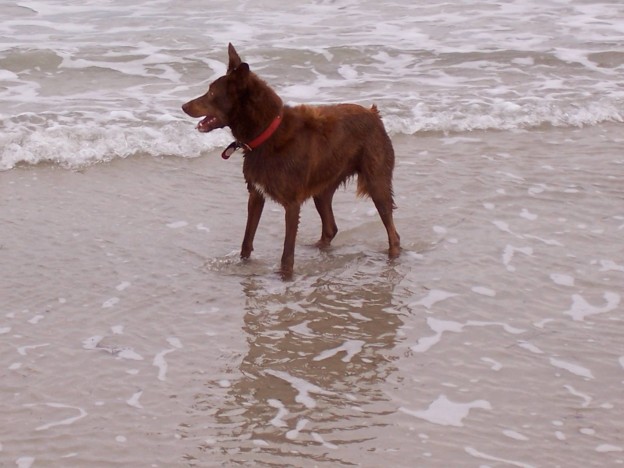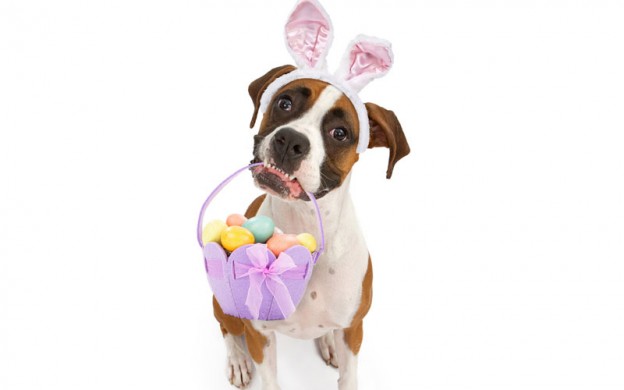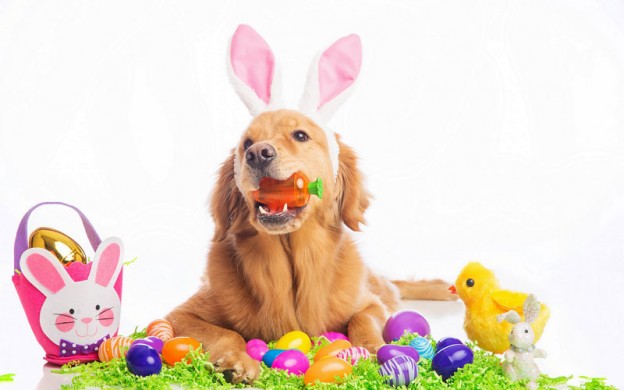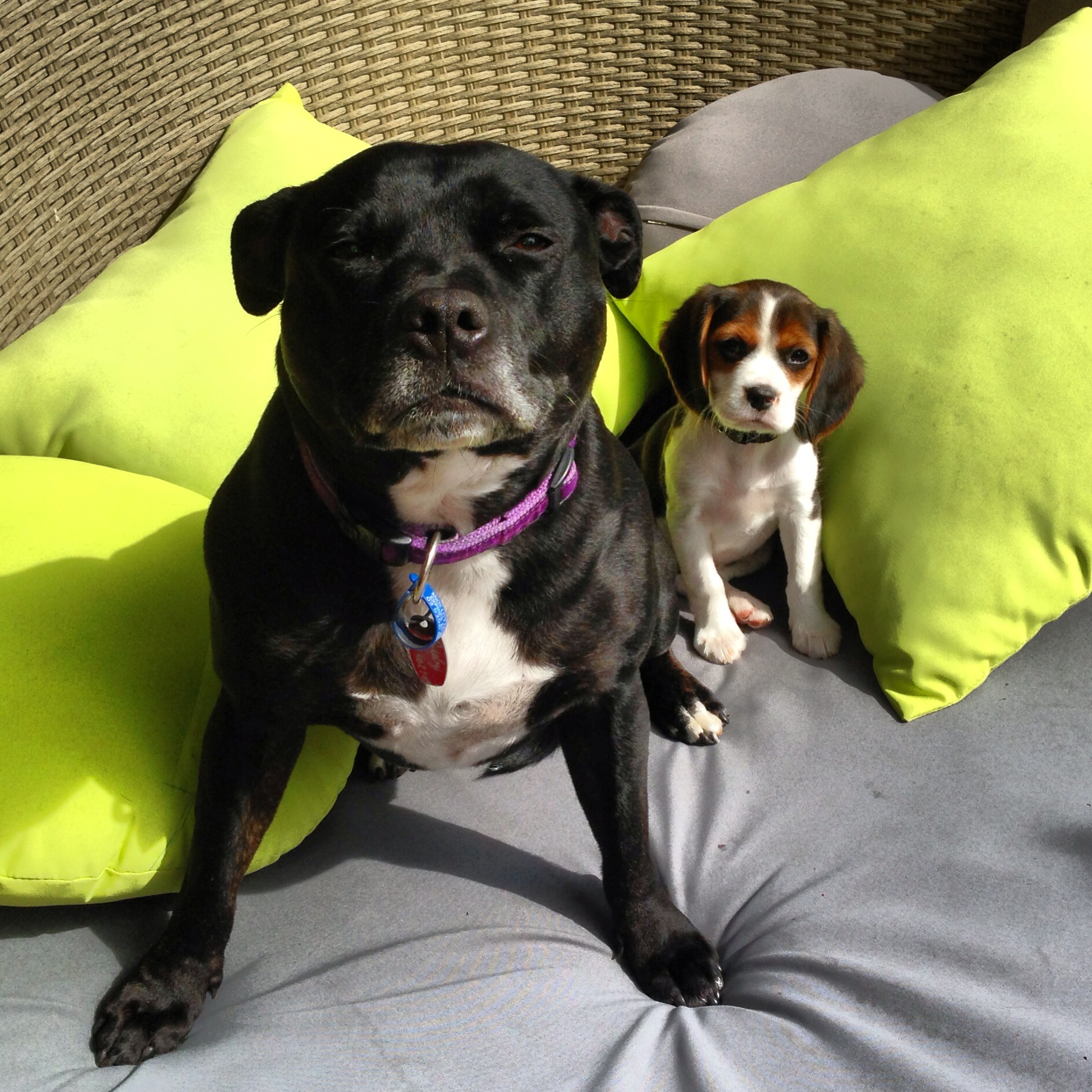
Thinking of adopting a furry addition to the family? Katie Cincotta finds out how to introduce your new dog to existing pets.
There’s a new pup in town and he’s bursting at the seams to meet everybody: tail is wagging, face is panting and eyes are bulging with the sheer excitement of the adventure: new home, new smells, new family. So how do you manage the meet and greet to create a successful introduction to a new pack member, while trying to maintain calm and order? Pet psychologist Dr Joanne Righetti says it’s important not to underestimate that first impression — especially between dogs — which is a crucial time for assessing personality and making a connection.
“Unfortunately, the statement ‘first impressions count’ is as true for our pets as it is for people. Start off on the wrong foot (or paw!) and the relationship between your new pup and the other members of your household may never blossom into friendship,” says Dr Righetti, who solves problem behaviours for all manner of pets. The key, she says, is a gradual introduction, which gives the new pup time to settle into their first environment away from mum without feeling overwhelmed. That means one animal introduction at a time — first to your existing dog.
Most vets agree the first meeting should be on neutral ground — at a park or somebody else’s house so neither party feels threatened or territorial. As the pack leader, it’s important that you control and manage the meeting, which means keeping both animals on a leash at first. “Ask your older dog to sit while your pup walks around them on leash. Reward your older dog’s calm behaviour with a treat or praise. Also keep the pup calm.”
A puppy can be gorgeous — all cute and soft and vulnerable but they can also be relentless ratbags; stealing shoes and pestering an older dog with their seemingly endless appetite for roughhousing. Stimulating their brain and draining their energy can prevent frustrations emerging, which means lots of play time with toys, daily walks and working for food with training toys. “Don’t wait for a puppy to annoy an older dog. Provide fun activities for the puppy so their energy has an appropriate outlet,” says Dr Righetti.
Eyes on you
Dr Righetti says you can let the dogs play for a while but it’s important to supervise their interaction. Many older dogs can become irritated or frustrated by a puppy’s boisterous play. It’s natural for the big sister or brother to let the pup know what the limits are, with mouthing or pawing to show them if they’re being too rough or annoying. It’s exactly what a mother will do with its litter. “Do not be too horrified if your existing dog tells off the young pup for too-boisterous play. This is natural,” says Dr Righetti.
In the case of our own dog family, our five-year-old English Staffordshire, Ruby, was initially bewildered by our crazy little eight-week-old Beaglier, Luna, nipping at her ears and jumping on her back. Like most Staffys she’s extremely tolerant but when the biting got painful, she began to gently move the puppy away or utter a low warning growl which promptly sent the pup into a submissive back curl, aware that she’d crossed the line.
In the initial few weeks, we allowed the two dogs to sleep together with the aid of a remote camera which let us monitor them, including at night in the dark, to see if they were OK and getting along. Once, when the pup was trying to play in the wee hours, Ruby barked at her to go back to sleep, which seemed to work. Using a Wi-Fi connection, the video camera also allowed us to check in on the pair while we were out of the house, which gave us the freedom to head out without worrying about the dogs getting into a fight or the puppy getting stuck in the doggy door.
Canine meets feline
In order to avoid moggy mayhem, it’s important to give both your cat and your dog some space when they first meet. “With your cat in a carrying case, allow your pup to sniff through the bars. Do not allow your pup to climb all over the case or bark at the cat, especially if your cat has had little exposure to dogs. When you feel confident in having both animals in the same area without restraint, ensure that each has space to get away from the other,” advises Dr Righetti.
Cats can be very aloof and independent, so it’s important not to push the friendship and let your dog and cat take their time to get to know each other. If a cat is feeling unsettled near your new dog, it may hiss, scratch or bite, and if your dog is smart it will only happen once. Some will become best buddies and end up cuddling and playing together. Others will simply tolerate each other, preferring to hang out in separate rooms. It’s important not to push the relationship and let them find their own way with each other.
Pack dynamics
Some dog trainers believe in pack and dominance theory — the idea that some dogs want to be the boss and others are happy to take a lower rank in the social structure. Others believe that dogs simply want to control specific resources, like food, space or attention from the owner. “When the dog feels that their resource is being threatened, they may react. Owners need to be mindful of providing sufficient resources or removing coveted resources altogether. Otherwise, two competing dogs should be separated to have these resources,” says Dr Righetti.
Ultimately, most animal behaviourists believe where possible (and if there is no danger of harm), dogs should determine their own relationships. That often takes time, patience and experience. “Humans can give these the best chance of friendship by gradual introductions and by rewarding calm behaviour.”
Warning signs
No matter how much preparation you put in to making pet introductions go smoothly, sometimes the unexpected happens. It’s a frightening situation when things turn nasty so it pays to act decisively and quickly to avoid aggression or anxiety escalating into a fight. Be alert to the warning signs. Dog whisperer Cesar Milan advises to watch the body language of a dog that will show you it is feeling threatened or angry with a stiff body poised to pounce, pointed ears, growling and bared teeth.
Dr Righetti adds that owners often miss the stiffening of the body, but it’s hard to ignore the more assertive signals that will tell you an animal is gearing to attack: larger posture, where a dog will make itself look bigger, tail up, ears forward and eyes staring. The Sydney-based animal behaviourist who runs petproblemsolved.com.au says animals will usually try to get away from a situation they find uncomfortable. If there’s no escape, these warning postures may escalate to growling or biting. The solution is to immediately remove one or both animals if the situation becomes dangerous.
“Then work on the problem by either giving the animal space, for example high areas for cats, or by training and/or desensitising the dog to the issue.” Sometimes, having to share food, toys or affection with the new recruit has your animal all hot and bothered. But if a strained relationship becomes a pronounced and ongoing dislike for the new dog, then it’s worthwhile seeking professional help from a trainer or behaviourist.
10 tips for a happy household
- Patience is the key to all successful introductions.
- Acceptance may be more realistic than “best friends”.
- Expect some hiccups along the way.
- Praise is kinder than punishment.
- Motivate your pets to like one another.
- Understand their natural relationship, eg predator-prey.
- Pets need space too.
- Pets need routine and consistency.
- Seek help to restore harmony.
- Give your existing pets lots of attention.
Source: petproblemsolved.com.au



